Selected
- Details
- Written by Grant Broadcasters
- Category: Selected
- Hits: 116
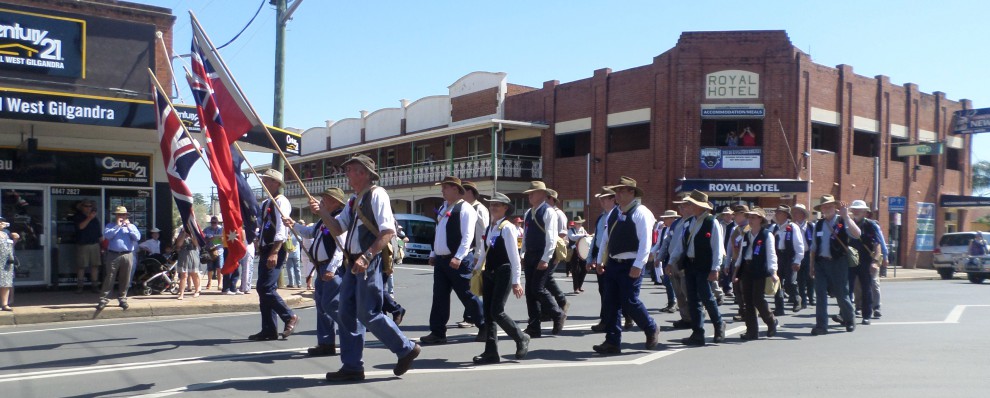
Australian soldier Jack Jensen wrote to his girlfriend in February 1919, "I must ask you to release me from my promise."
In the anguished letter to Florence Campbell, the young digger described lying in muddy holes for days during battles on the Western Front.
Having fought at Gallipoli, he recalled the debilitating effects of mustard gas and illness in the trenches, as men died around him.
When his extended family read the missive many years later, Private Jensen's admission of mental torment was one of the starkest details.
"I must be left alone. I cannot get married and look after you when I shall be scarcely able to look after myself," he wrote.
More than a century later, that letter inspired Pte Jensen's great-nephew, Pieter Lindhout, to walk 400 kilometres in the footsteps of other World War I soldiers to raise money for youth mental health.
Mr Lindhout walked from Gilgandra, in western NSW, to Sydney last year, re-enacting the journey of 35 men who left their lives behind and marched to the city to enlist in October 1915.
It was known as the Coo-ee March, one of many recruitment marches in regional NSW and Queensland, a grassroots movement to boost enlistment after the loss of thousands of men at Gallipoli.
The Coo-ee men gathered more than 200 extra recruits as they passed through towns on their way to the city.
The legend of the marches lives on through descendants and locals, who stage re-enactments, care for monuments in their honour and remember them every Anzac Day.
Mr Lindhout felt a deep connection to the Coo-ee story, having spent years poring over his great-uncle's letters and turning them into a book, Love in the Valley of Death.
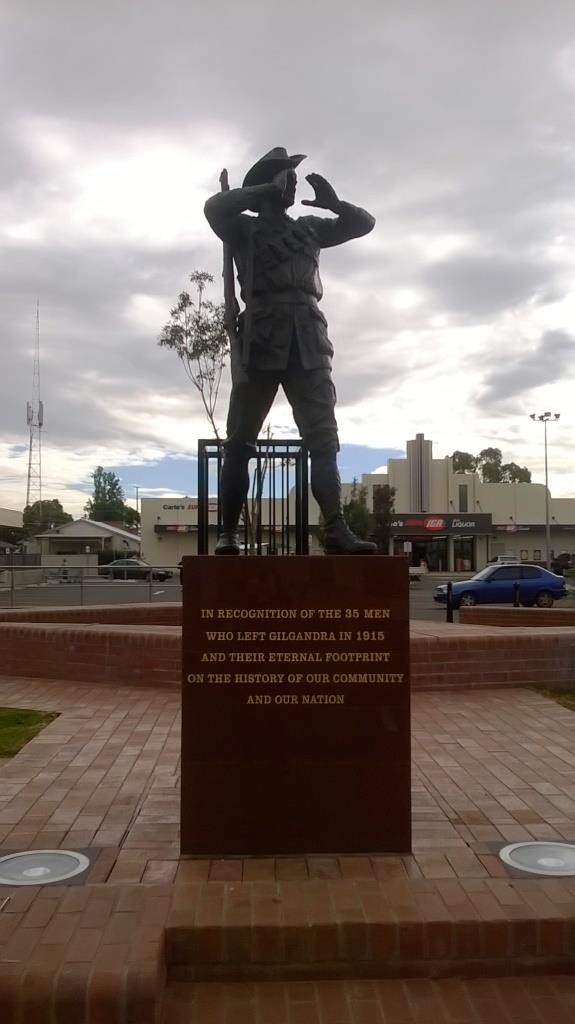
Like many of the men in Gilgandra, Pte Jensen had grown up in rural Australia and went to war with an initial sense of adventure.
Mr Lindhout said his own trek gave him time to reflect on the Coo-ees' long walk to Sydney followed by months on a boat and years at war.
"That level of sacrifice is extraordinary. And I don't think we really even understand that sacrifice today," he said.
Gilgandra historian, Margo Piggott, has helped bring to life the stories of the Coo-ee March for the town's museum and historical society.
She says young and middle-aged men, farmers, bricklayers, bakers, a journalist and a postman, went to war, fuelled by a combination of adventure, patriotism and decent pay.
Many were badly injured or killed. A statue in Gilgandra honours their "eternal footprint on the history of our community and our nation".
Numerous Gilgandra families are dedicated to remembering and honouring the Coo-ee men and re-enacted the march in 1987 and 2015.
Ms Piggott says the stories of mateship from the Coo-ees and the service men and women who followed, have informed the way Anzac Day is commemorated.
"It's about helping your mate and making sure you look after each other," she said.
"There's more awareness of the impact and what they're like when they come home."
Lifeline 13 11 14
Open Arms 1800 011 046
© AAP 2022
Images: Gilgandra Coo-ee 2015 reenactment, Facebook
- Details
- Written by Grant Broadcasters
- Category: Selected
- Hits: 142
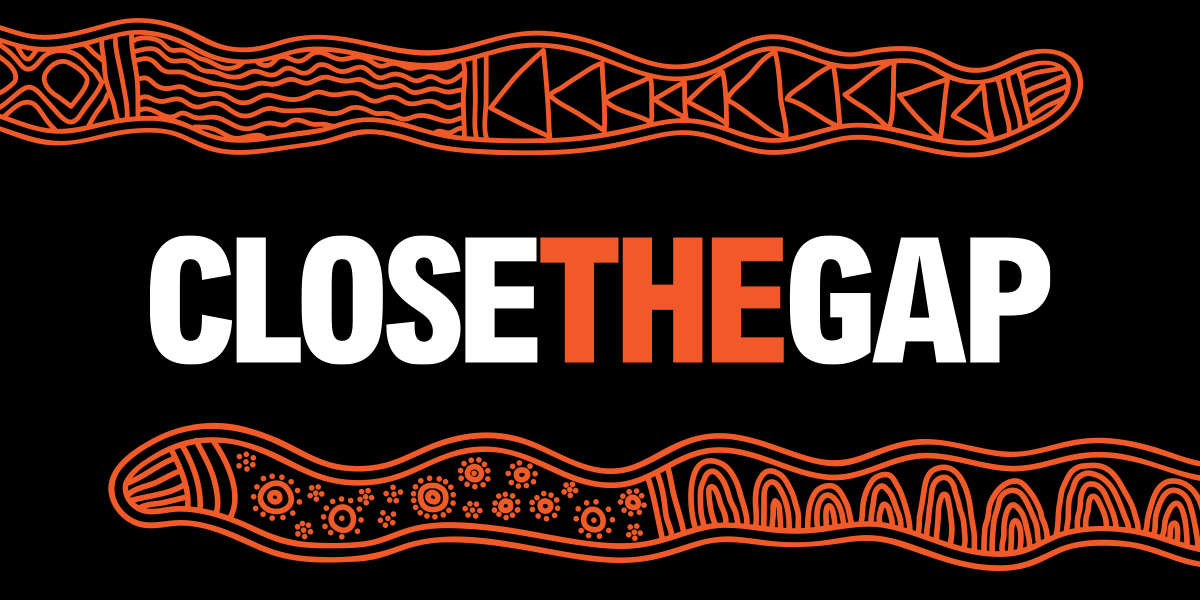
Prime Minister Scott Morrison and Labor frontbenchers will start Sunday in Sydney before making their way to Darwin ahead of the ANZAC dawn service on Monday.
Opposition leader Anthony Albanese remains in isolation and will be represented at the service by his deputy Richard Marles.
Senior Labor MPs have been standing up in Mr Albanese's absence, addressing the travelling press pack in alternation after ruling out creating a de facto opposition leader for seven days.
Ahead of landing in the Northern Territory, Labor has pledged to train an additional 500 Indigenous health workers and invest in life-saving dialysis and rheumatic heart disease treatments.
The party says it will work closely with Indigenous health services to deliver up to 30 new dialysis units to treat chronic kidney disease and double the federal funding to combat Rheumatic Heart Disease with $12 million for prevention, screening and treatment.
It will also invest $15 million to improve water supply in remote communities to enable new dialysis units in these communities for the first time.
"Throughout the pandemic, Aboriginal controlled health services worked tirelessly to protect the health of their communities," Labor's Indigenous spokeswoman Linda Burney said.
"Building their workforce through a dedicated, culturally appropriate traineeship program and supporting their capacity to undertake preventative care will save lives and bring us closer to closing the gap in First Nations health outcomes."
Labor faces a strong challenge to retain the federal seat of Lingiari, which covers 99 per cent of the Northern Territory.
The seat was held by Warren Snowdon on a five per cent margin, but with the MP retiring, Labor will need to hold it against former Alice Springs mayor Damien Ryan.
© AAP 2022
Image: RACGP
- Details
- Written by Grant Broadcasters
- Category: Selected
- Hits: 128
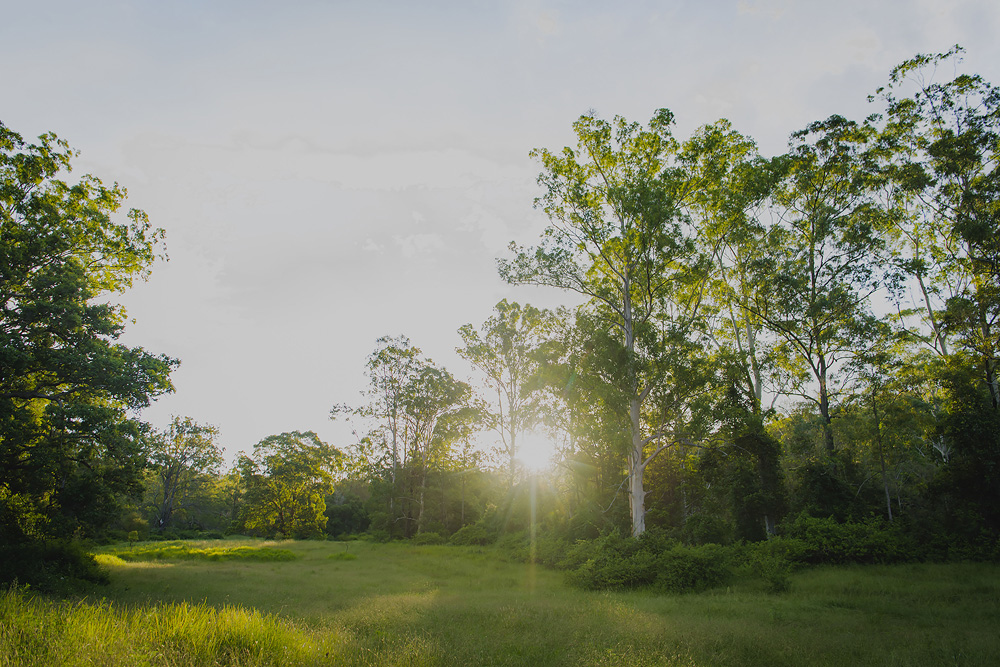
Australian conservation groups have started an ambitious campaign to plant 100,000 trees in an effort to neutralise the country's carbon footprint.
Aussie Ark, WildArk and re:wild are looking to plant the thousands of trees in the Mongo Valley and Barrington Wildlife Sanctuaries in northern NSW.
The groups last year planted 26,000 rainforest and eucalyptus trees at the Mongo Valley site.
It's estimated the average Australian has a carbon footprint of about 15 tonnes of CO2 per year, but trees remove or 'sequester' carbon dioxide from the atmosphere and convert it into organic carbon.
Along with neutralising the carbon footprint, more trees will also address the issues caused by deforestation.
"Australia is one of the most important nations on earth for biodiversity," Aussie Ark director Liz Gabriel said.
"Most of Australia's wildlife is found nowhere else in the world. Yet it is disappearing.
"We must rebuild their habitats and address the threats facing them to ensure our children and their children have a world full of wildlife to enjoy and protect."
WildArk General Manager Kirstin Scholtz said catastrophic bushfires and floods had destroyed large sections of NSW in recent years.
"It is up to all of us to take action and start rebuilding habitat so that our precious wildlife have somewhere to call home," she said.
Australians can purchase one of the trees for $5 through the Aussie Ark website. All of the trees will be planted at the two sanctuaries.
© AAP 2022
Image: WildArk
- Details
- Written by Grant Broadcasters
- Category: Selected
- Hits: 119
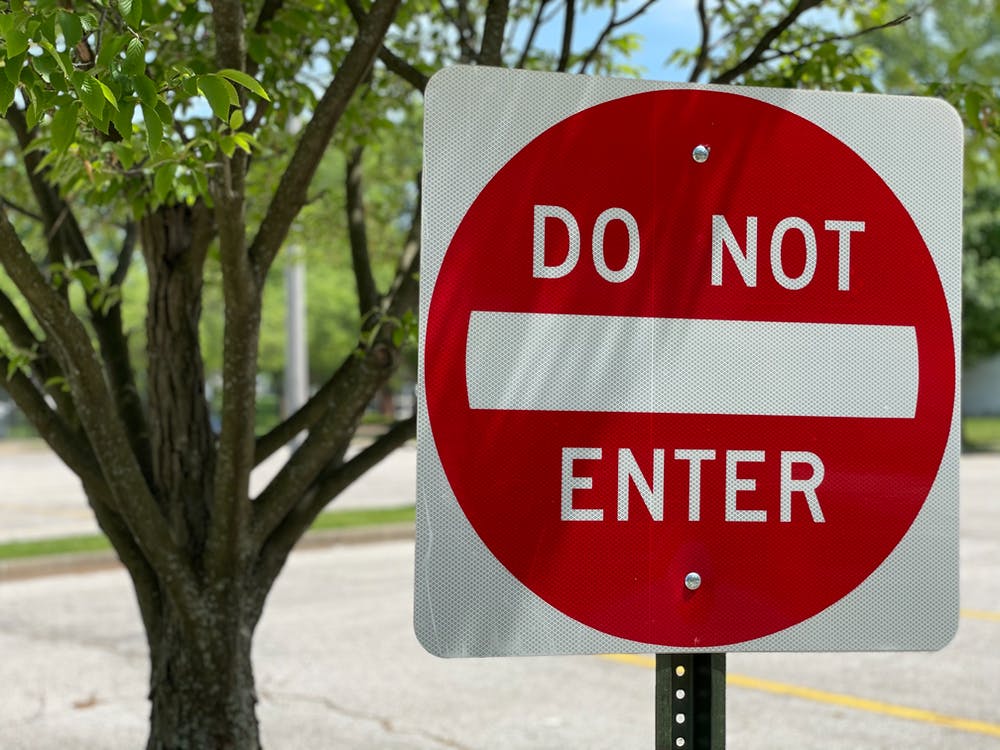
Twitter says it will no longer allow advertisers on its site who deny the scientific consensus on climate change, echoing a policy already in place at Google.
"Ads shouldn't detract from important conversations about the climate crisis," the company said in a statement outlining its new policy on Friday.
There was no indication that the change would affect what users post on the social media site, which along with Facebook has been targeted by groups seeking to promote misleading claims about climate change.
The announcement coinciding with Earth Day came hours before the European Union agreed a deal requiring big tech companies to vet their sites more closely for hate speech, disinformation and other harmful content.
Twitter said it would provide more information in the coming months on how it plans to provide "reliable, authoritative context to the climate conversations" its users engage in, including from the Intergovernmental Panel on Climate Change.
The UN-backed science panel's reports on the causes and effects of climate change provide the basis for international negotiations to curb climate change.
The company already has a dedicate climate topic on its site and offered what it described as "pre-bunks" during last year's UN climate conference to counter misinformation surrounding the issue.
© AP 2022
Image: Steve Di Matteo / Pexels
Page 50 of 191